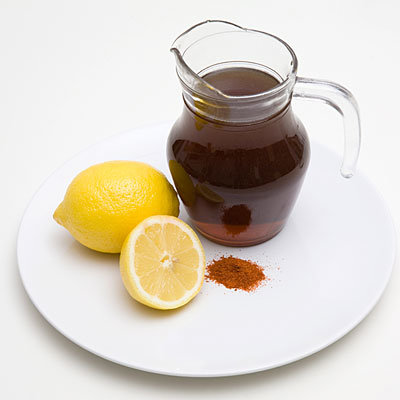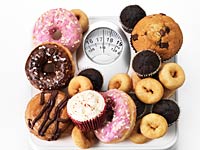An Overview of the Hay Diet
Rules
The following is a list of a few important dos and don'ts that need to be considered when selecting this diet.
- Most of the diet of a person should be made up of vegetables, fruits and salads.
- Foods which give the body proteins, fats and starches, should be eaten in lesser quantities.
- Sugar and starch containing foods should not be combined with either proteins or acidic fruits, in the same meal.
- There should be a difference of at least four hours in between meals that contain proteins and starch.
- Milk should not be taken along with any meal.
- Refined and processed foods should be completely eliminated from the diet.
Dr. William Howard Hay divided foods into three lists or categories. According to him, a person following a hay diet plan should follow three basic principles. Here are the three lists of food, followed by the three principles of this diet.
List A
- Proteins
- Meats
- Poultry
- Eggs
- Cheese
- Fish
- Yogurt
- Soybeans
- Neutral Foods
- Vegetables
- Salads
- Seeds
- Nuts
- Herbs
- Creams
- Butter
- Olive oil
- Biscuits
- Starches
- Cakes
- Breads
- Oats
- Crackers
- Pastas
- Potatoes
- Rice
- Honey
- Sweets
Benefits
Now that we have provided the list of foods that need to be included in this diet, let's take a look at some of the major benefits of this diet.
- As hay diet emphasizes on eating more of vegetables, fruits, whole grains and adding fiber to one's diet, following it religiously helps in weight loss.
- It is considered beneficial for people suffering from chest infections and allergies, including asthma.
- It makes the digestion better and cures digestion related problems such as constipation and gas.
- Since it improves the overall health of a person, the risk of diseases such as gallstones, diabetes and even heart diseases is minimized.
Although hay diet is known for its health enhancement properties, yet it is not without some flaws of its own. One of its major drawbacks is that it puts a restriction on consuming certain food groups in one meal only. Such restrictions may cause vitamin or nutrient deficiencies in a person following this diet. Another drawback is that it is incomplete, i.e. there is no mention of the serving size or portions of foods that should be consumed.
In spite of its drawbacks, hay diet can be followed by anybody who wants to add vitality to his life. Even if the weight loss does not happen or it does not help in conditions such as asthma or diabetes, as its followers claim, it will definitely do a lot of good to the overall health of the person.
Related Articles
-
Negative Calories Foods: The More You Eat, The More Weight You Lose
The only way to lose weight is to cut off food and decrease the ca
-
Nutritionists Recommend THIS for Breakfast to People Who Want to Lose Belly Fat!
The regular consumption of this tasty breakfast will help you elim
-
Zone Diet: What To Know
Overview
-
Losing Weight Effectively For A Change
The demand for quick and efficient weight loss products and methods h
-
Start The Spring With A Healthy Body
Beautiful springtime takes a strong swing, so winter clothes and c
-
Toxins Stored In Your Fat Cells Are Making You Fat And Swollen. Here’s How To Cleanse Them
Unfortunately, we are all living in a toxic environment, being con
- DON'T MISS
- Fastest Weight Loss Diet
- Diet tips - less is more
- Delicious Green Smoothie For Cleansing The Body of Toxins
- Toxins Stored In Your Fat Cells Are Making You Fat And Swollen. Here’s How To Cleanse Them
- Make Plans To Lose Pounds - Its All In Your Diet
- Weight loss diet tips for men and women of all ages
- Here is The Secret of a Man Who Loses 154 Pounds And Overcomes Diabetes
- Eco-Atkins Diet: What To Know
- The Best Ways to Boost Your Metabolism
- 3 Drinks That Detox Liver And Flush Out Fat




